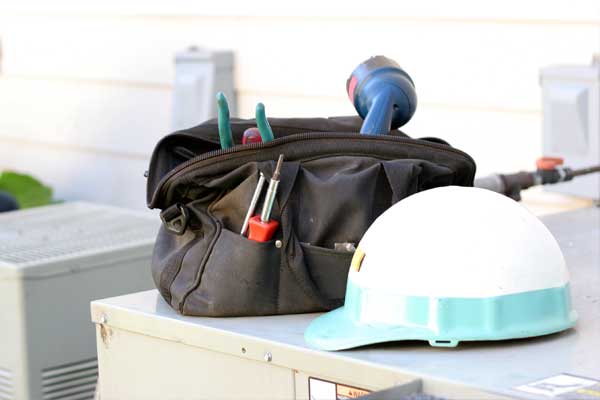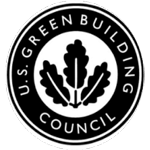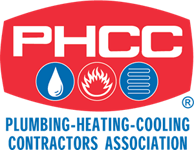HVAC System Repair versus Replacement: A Comprehensive Guide
When faced with significant repairs on an aging HVAC system, the question arises: is it wiser to invest in repairs or opt for a complete replacement? While there are numerous advantages to upgrading to a new AC unit or furnace—such as enhanced system efficiency—cost remains a paramount consideration. Alternatively, one might choose to persist with maintenance and repairs, albeit at the risk of encountering more issues down the line. Below is an insightful overview to help you decide whether to repair or replace your current HVAC setup.
The Burden of Maintenance Expenses and Repair Costs
Take stock of the frequency with which your current system necessitates unexpected repairs. The cumulative expenses, comprising contractor visits and replacement parts for air conditioners or furnaces, can swiftly escalate. While repairs may initially appear cost-effective compared to investing in a new system, over time, the aggregate costs might surpass those associated with acquiring a fresh unit. Although the upfront expenditure for a new system may seem daunting, the long-term savings in maintenance costs often justify the investment.
Key considerations include:
- Systems older than 12 years are typically less efficient than newer counterparts.
- The presence of musty or excessively dry air indoors may indicate suboptimal HVAC system performance.
- Although the initial cost of a new system may be substantial, the ensuing reduction in maintenance expenses, repairs, and energy consumption promises long-term savings.
Aging HVAC Infrastructure
It’s worth noting that older HVAC systems can operate at efficiency levels up to 50% lower than their modern counterparts. Consequently, with each passing year, homeowners incur higher energy expenses as utility rates climb. Investing in a new HVAC system yields significantly greater energy savings, thereby offsetting the expense, particularly when factoring in the inefficiencies and maintenance outlays associated with antiquated equipment.
Refrigerant Considerations
For owners of older air conditioning units, the reliance on R-22 refrigerant—a substance primarily used for cooling—poses a dilemma. In response to environmental concerns, a phased withdrawal of R-22 commenced in 2020, ceasing its production and importation. Should you opt to retain your existing system, regular servicing becomes imperative. Moreover, when replenishing refrigerant levels, you may encounter recovered, recycled, or reclaimed R-22, albeit at a considerably higher cost compared to the refrigerants utilized in newer systems. Conversely, transitioning to a new system presents an opportunity to embrace high-efficiency air conditioners employing eco-friendlier refrigerants.
Alternative refrigerants include:
- R-410A, a non-ozone-depleting HFC refrigerant blend, serves as the most prevalent substitute for R-22.
- Marketed under various trade names such as GENTRON AZ-20®, SUVA® 410A, and PURON®, R-410A offers a viable solution.
- The Environmental Protection Agency (EPA) conducts evaluations of alternative refrigerants and maintains a catalog of approved substitutes for residential and light commercial air conditioning applications.
To learn more about the R-22 refrigerant phase-out, visit the United States Environmental Protection Agency.

Contact Us














